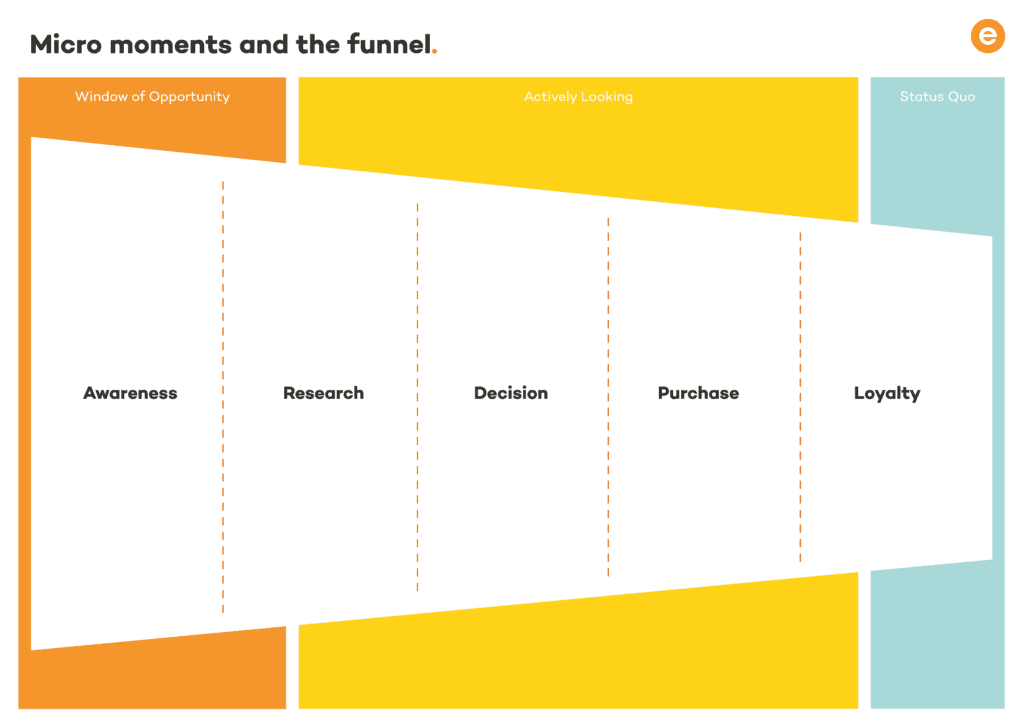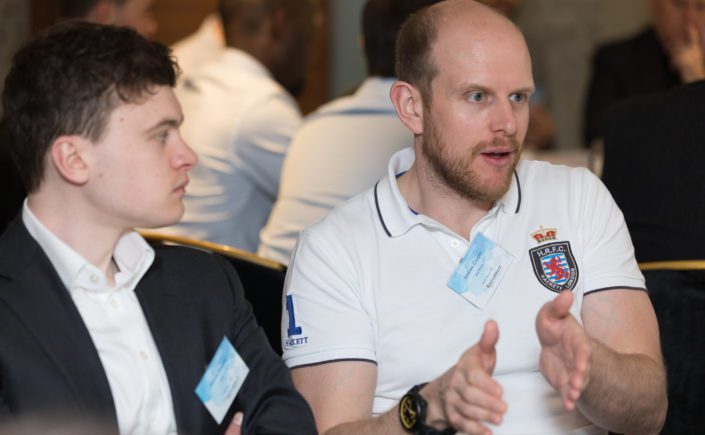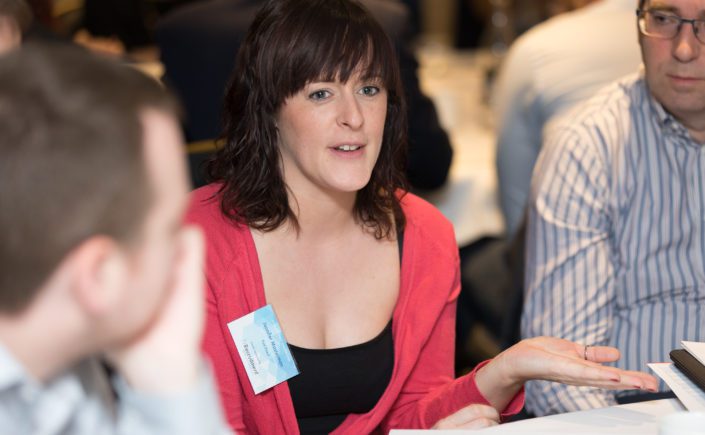In our latest guest post, which is part of the “Best in Digital Series”, connective3’s Paid Media Director Claire Stanley-Manock shares her top tips for creating a connected audience strategy to give performance a big boost across all paid channels.
‘Audience led’ is a phrase that’s often used by paid media departments to describe overlaying in-market and affinity audiences onto keywords into PPC. Whilst undeniably a valuable exercise, this just scratches the surface of what is possible with audiences.
Bringing teams and channels together and creating a connected audience strategy that has the customer at the heart sees a positive halo impact across all activity and ultimately the bottom line.
Start with the audience or audiences
This one is an obvious one, especially for paid media folk, but less so for those who are purely search focussed. Find out who your audience are, whether there are any sub audiences, what do they look like, where can we find them online, what do they care about. This is a good starter for ten, but you need to feed this into all channels in order to bring the strategy together.
Glean audience data from GA as a starter
If you don’t already have personas to work to, GA’s audiences will give you a steer on who they are, what they buy and what their passions are. This data can be insightful, especially if looked at from the audience pool of key pages or conversion points rather than the site as a whole. In fact, looking at the converting audiences for different products will give you key insight as to the differences between each of those customer types are. This can be useful when tailoring messaging for each product. For Strata Homes we were able to identify key age and interest differences for users enquiring about different size house models.
Use your own existing data to power enhanced performance
Something you’ll often hear me say is you’ll never find a data set as rich as your own. Use your website conversions and CRM data to plug into your key platforms to re-engage or lookalike from. Drive users through their journey to convert, change your messaging and bidding at every point to nurture users to conversion. Use key pages as well as ‘conversions’ to create lookalikes from. Use page value in GA to find key pages in the journey and use those users too, for example this might be the blog, or a delivery page. By implementing this nurture journey into our campaigns for our kitchen’s client we have increased the showroom appointments by 64% and decreased the CPA by 61% year on year even in a pandemic. Another example of this is video ad watchers. Don’t let users watch your videos and then fall into the remarketing journey only if they visit the site; reengage these watchers through Google and Facebook to connect the dots at that higher level.
Create relationships with your potential customers before trying to sell to them
Take advantage of people who are already warm to your brand thanks to more emotional pieces such as PR and organic. Create audience lists off the back of these page views and feed this into the paid media strategy as observed audiences in PPC and targeted audiences in Facebook. Through our own campaign testing for wealth management client Blacktower, we found that when people start their journey with you through content they choose to engage with, and are then targeted with paid media ads, it can reduce your paid media CPA up to 33% over and above cold prospecting. Make sure that the paid media is recognising these journeys and is being optimised to take advantage of the opportunity
Connect your channels together
Take the time to understand the full breadth of activity and what data can be used to optimise each channel. For example, when managing the search engine results pages, run testing to understand the incrementality of PPC with the fluctuations in organic rankings. Ensure PPC visibility for lower ranking SEO keywords and use your PPC search terms to feed into the organic content strategy.
Tailor messaging and journeys
Bringing the data together is only half the story. A huge proportion of performance (up to 70% according to an article by Think Google in 2017) has been found to be driven by the creative and messaging. Users have taken the time to engage with us and our content, our next message to them needs to continue the conversation, and as such the messaging must take into account what we have learnt about their intent. For example, if someone who falls into the ‘animal enthusiast’ segmentation sees our ad for safari holidays, and navigates to our site, but then spends most time reading about walking holidays, then remarket to them about walking holidays and getting in touch.
Take control of the journey
Similar to the above point about controlling messaging, make sure audiences are controlled properly and that people are negated out of targeting as they move through the journey. By taking control of Strata’s campaigns, we were able to increase the leads by 419% on Google and 42% on Facebook and decrease the CPA by 64% on Google and 32% on Facebook in the first month that we worked with them. This is something we often see in accounts, the set-up looks on the surface to be working correctly, but when you dig into it there is a lot of cross pollination occurring. Our final top tip is to take control of the platforms. Ensure keywords in PPC are properly controlled with negatives, ensure audiences across platforms are updated in as near real time as possible to avoid people seeing incorrect messages.
These steps are a starter for ten and once implemented will need to be continually developed in line with insights gained, however they are worth the time investment as the opportunity and reward will be significant performance increases across your paid media.
Related Content:
The Best in Digital Awards 2021
About the Author:
connective3’s Paid Media Director Claire Stanley-Manock has over 15 years of digital marketing experience and knows how to navigate the complex paid media landscape to deliver incremental growth for clients. Campaigns are planned with strategic creativity and delivered with personalisation to generate cut through, emotion and results.






